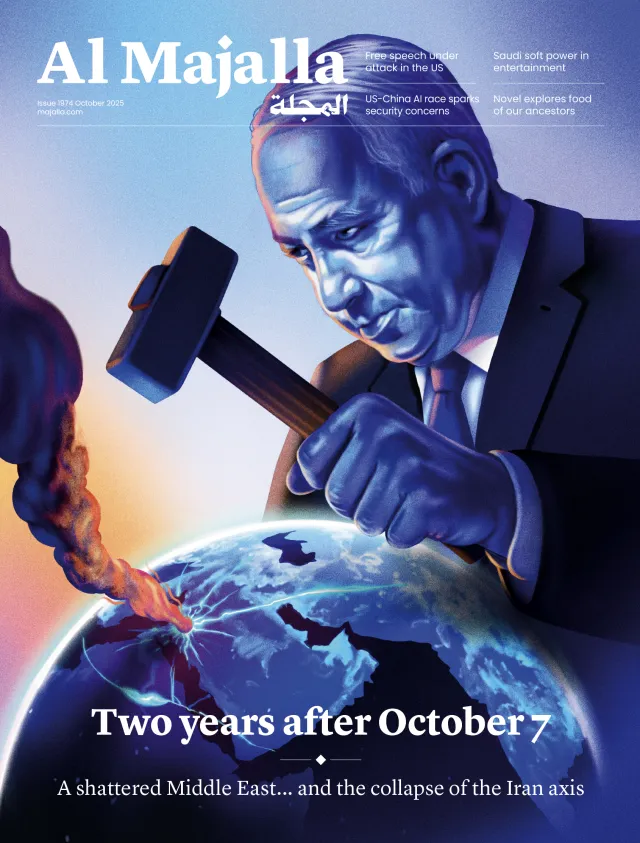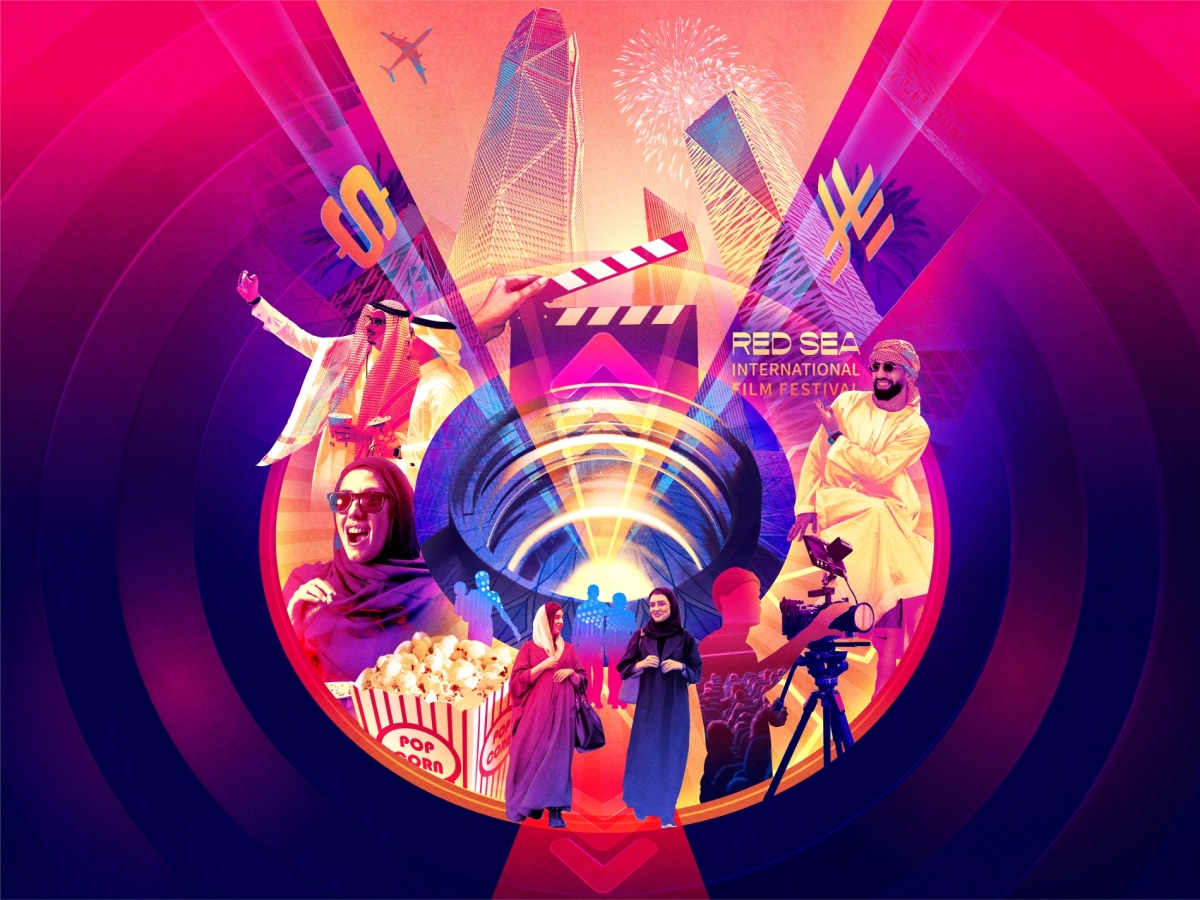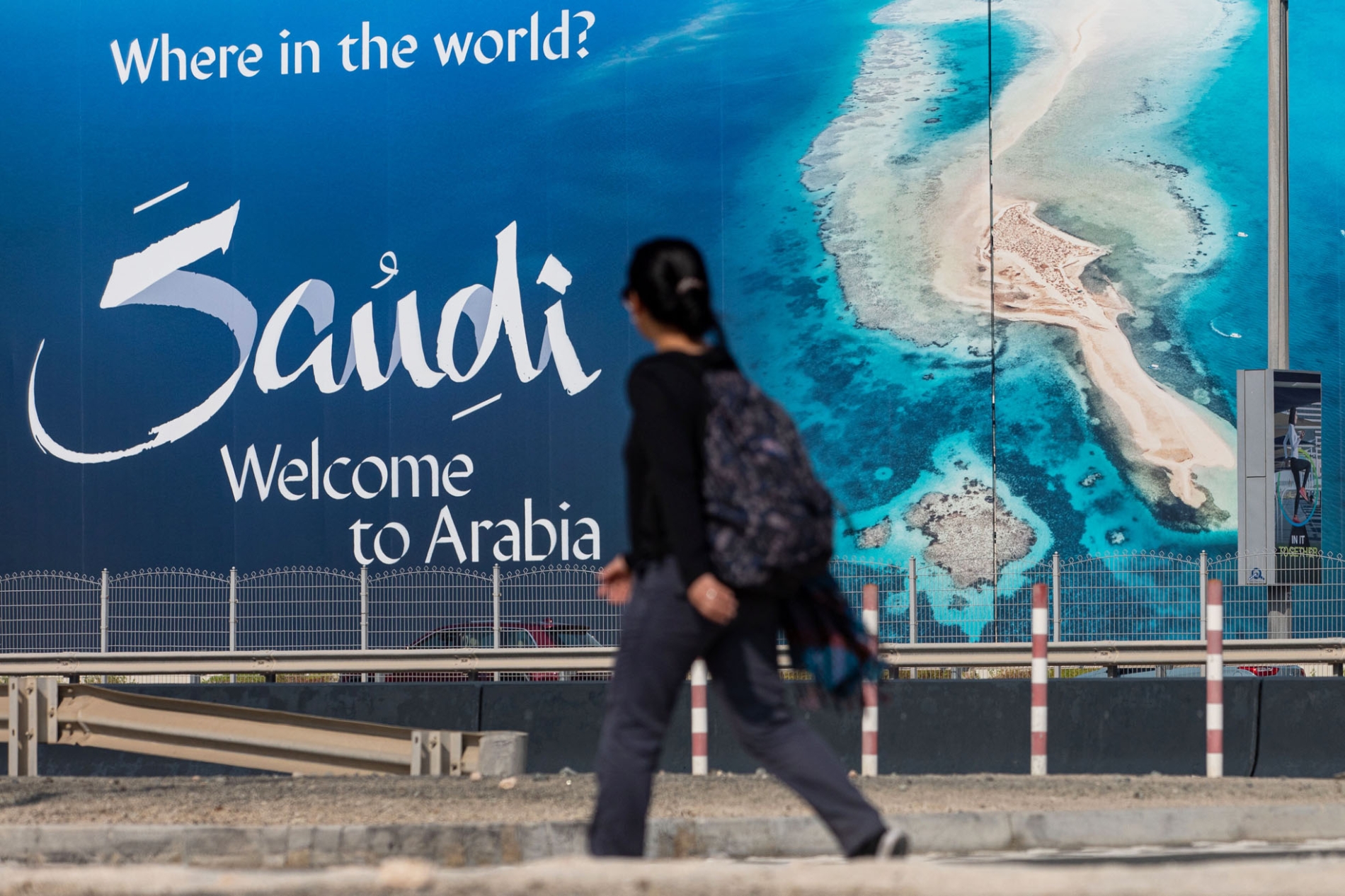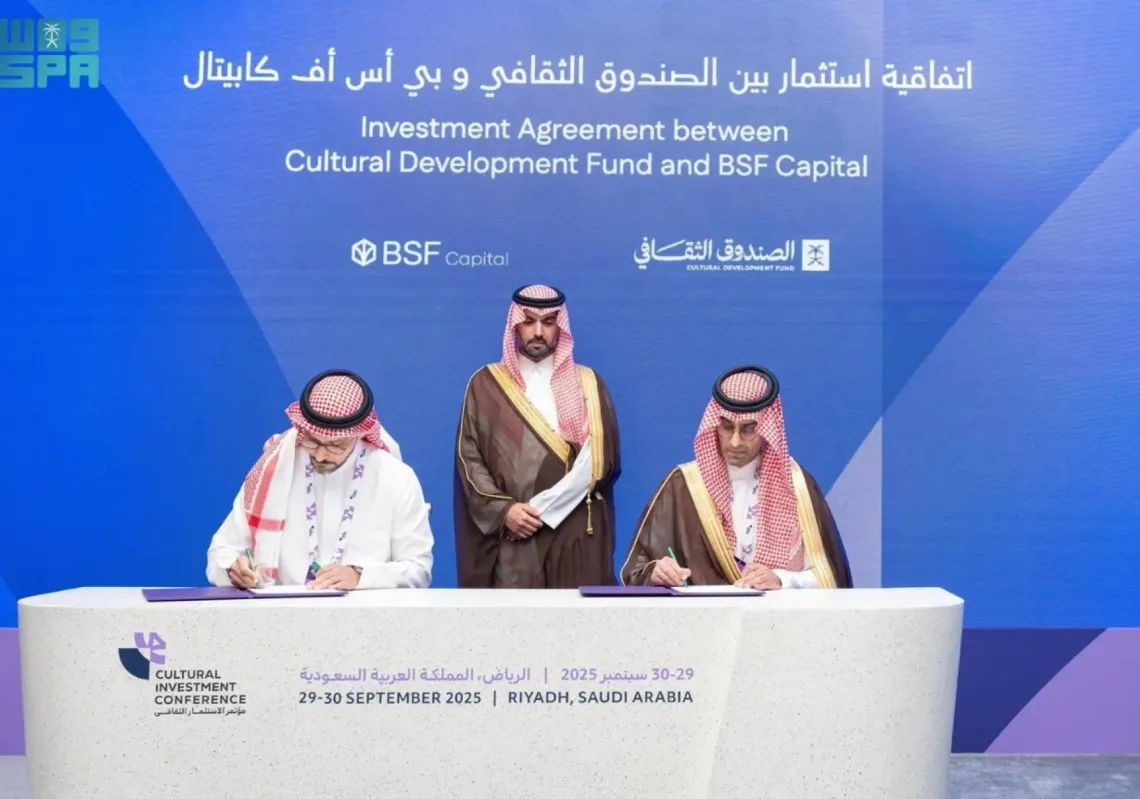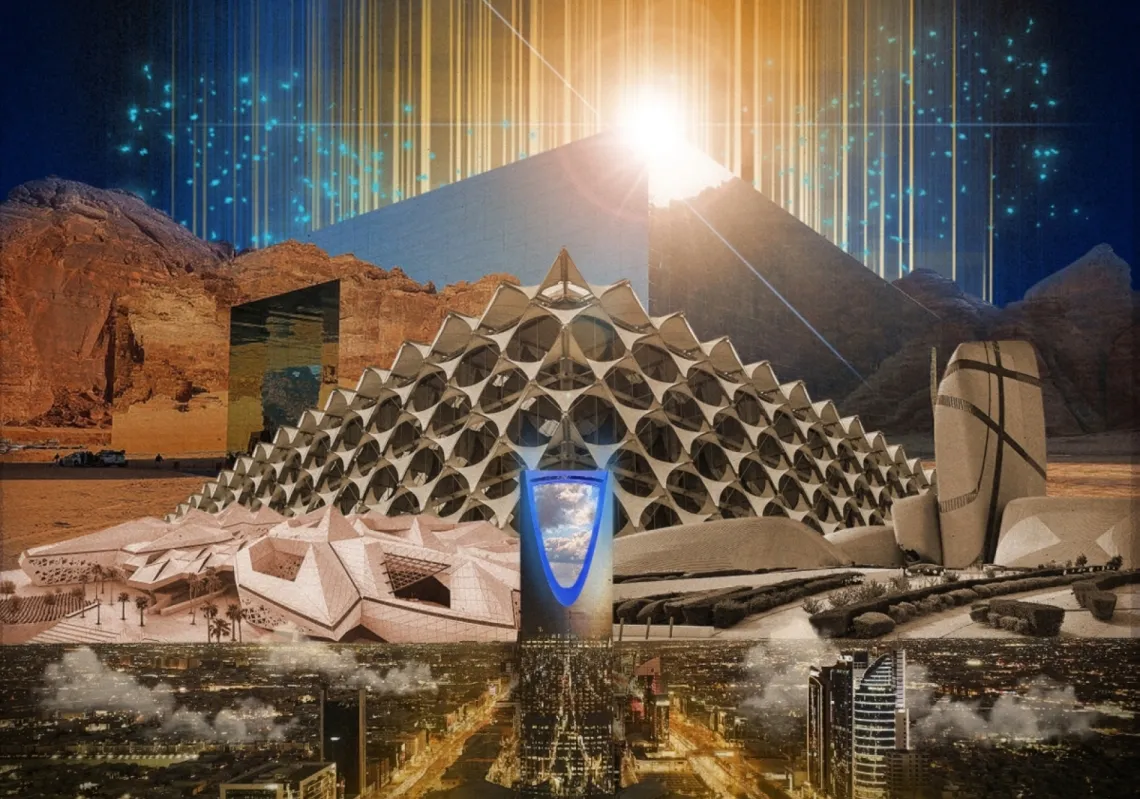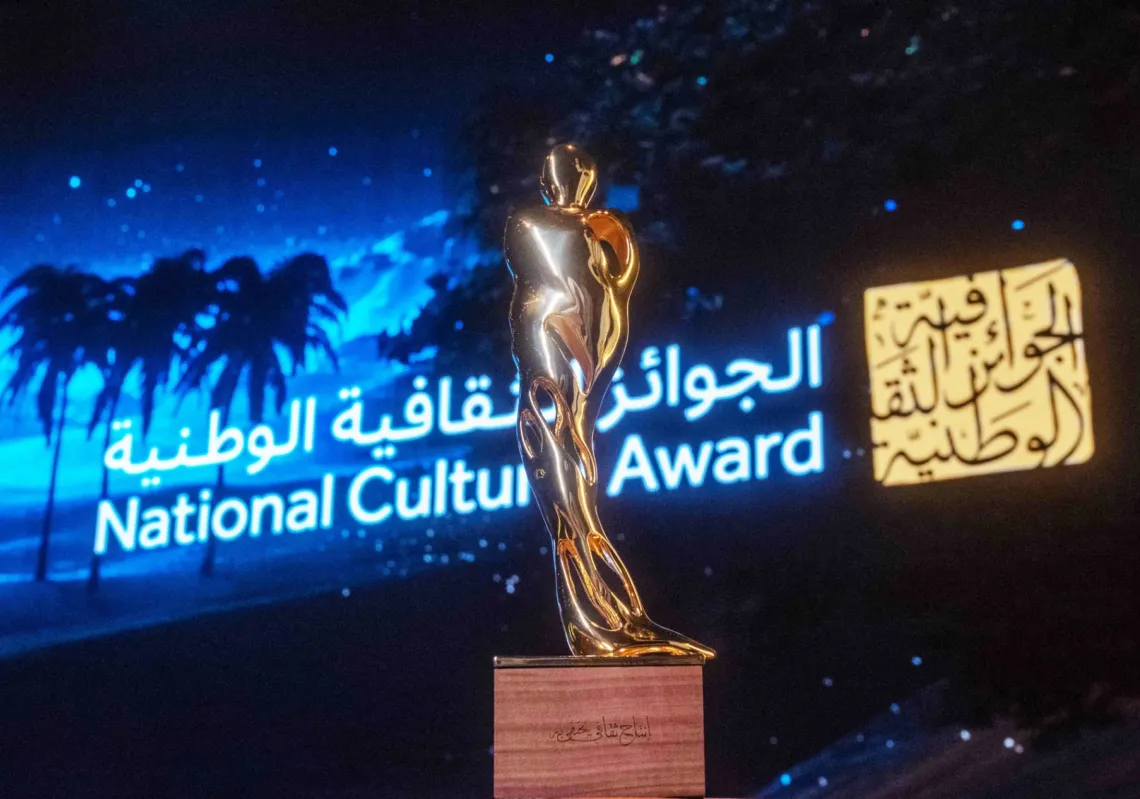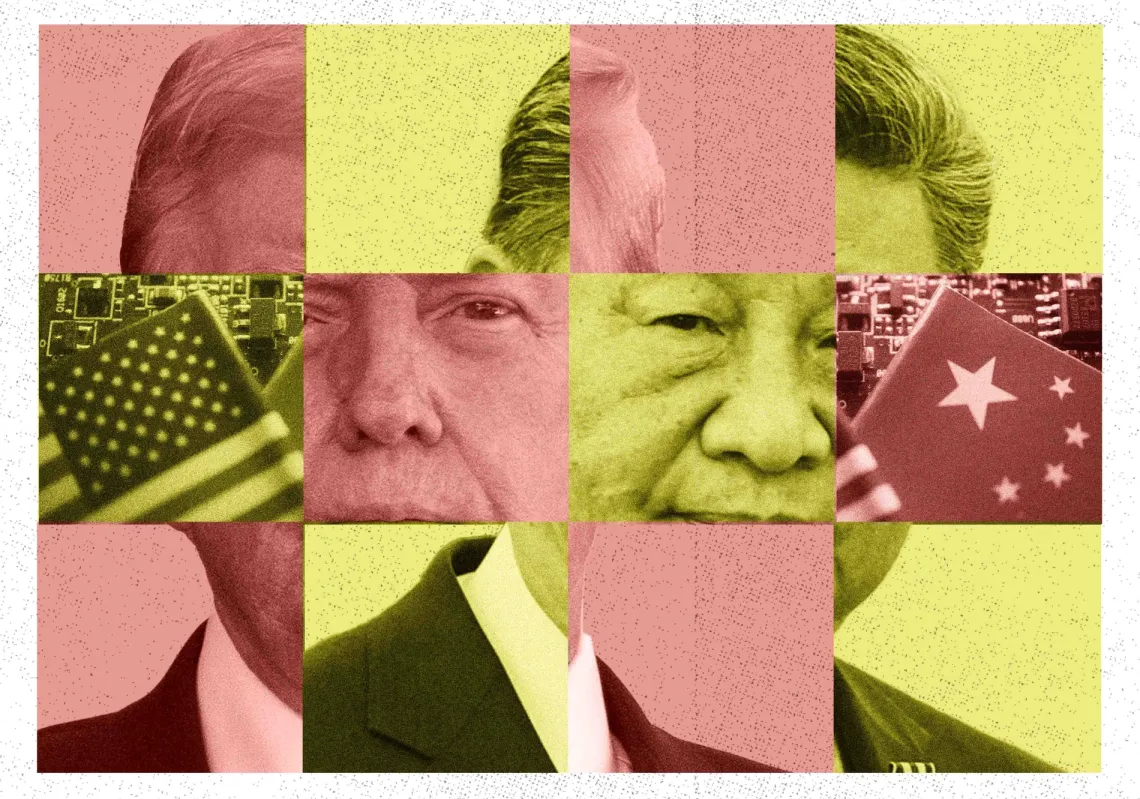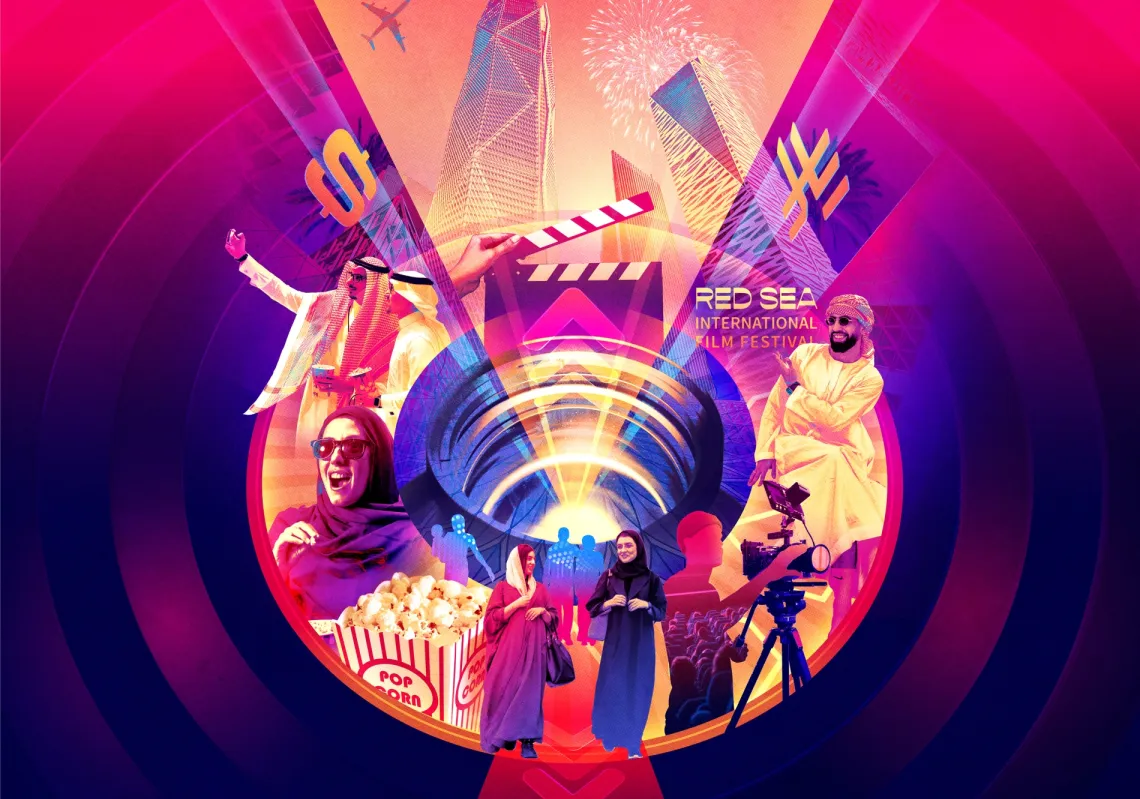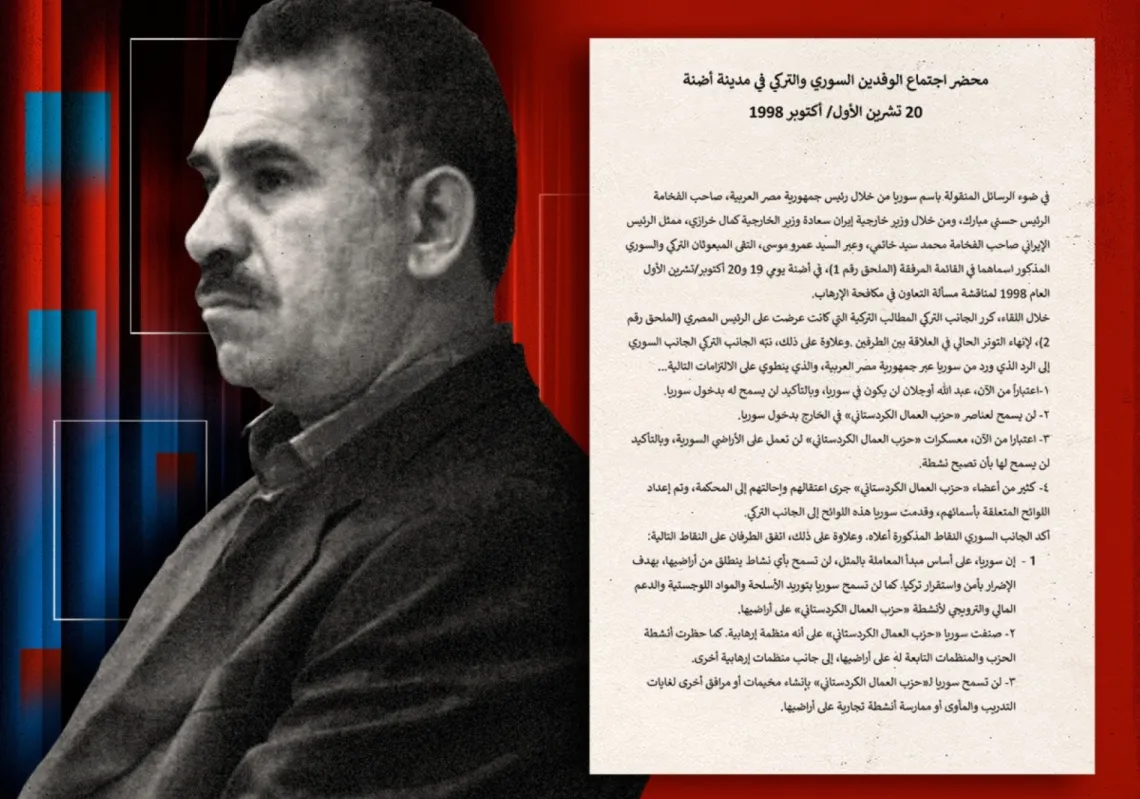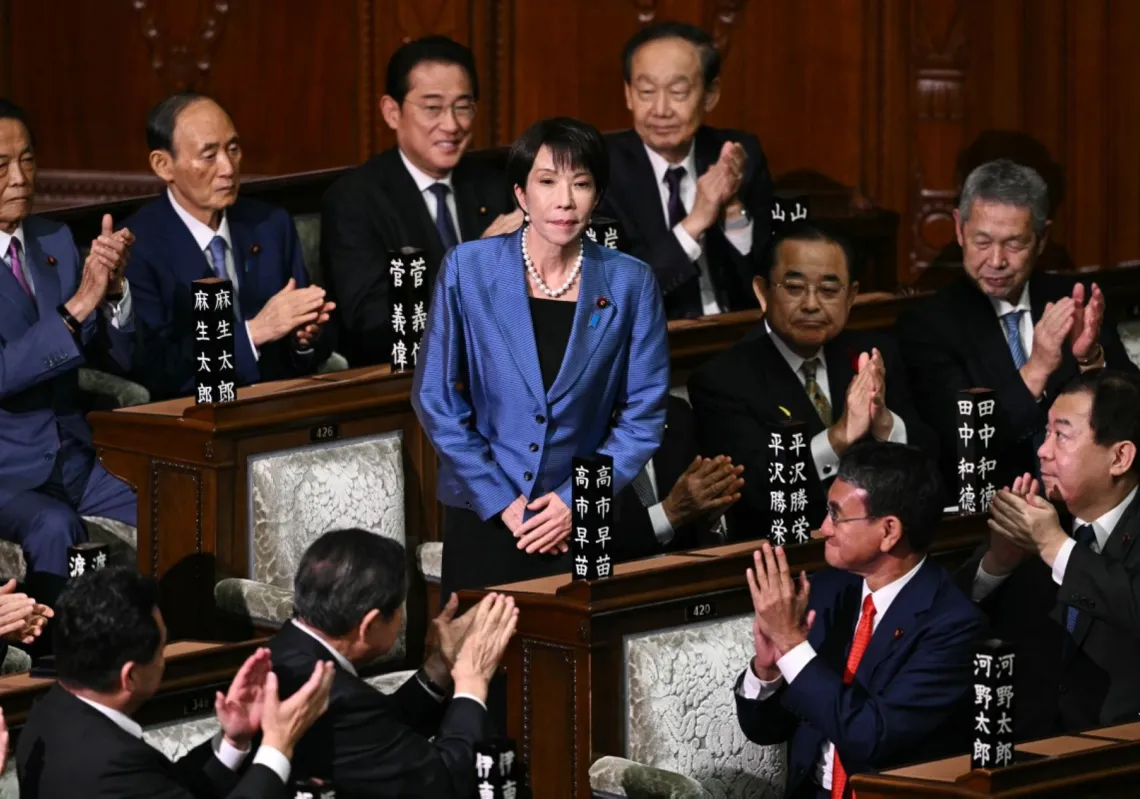Just a few years ago, the entertainment industry in Saudi Arabia was little more than a footnote. Most cities lacked cinemas and recreational centres, while local film production, music recording, and video shoots were sparse. When it came to any Saudi cultural presence, most pointed to a handful of festivals, notably the annual Janadriyah Festival. In May 2016, however, that began to change.
The General Entertainment Authority (GEA) was established to oversee all entertainment-related activities and public celebrations. Its mandate closely aligns with the goals of Vision 2030: improving the quality of life, diversifying sources of national income, and promoting cultural, artistic, and sporting events, as well as theatrical performances and concerts. A further key objective is positioning Saudi Arabia as an internationally attractive tourism destination.
Seasonal cultural and entertainment festivals have flourished in cities such as Riyadh, Jeddah, and those in the Eastern Province, accompanied by special events linked to Ramadan and national holidays. Today, Saudi entertainment is no longer seen as just a leisure pursuit; it is a strategic sector that is expected to contribute to GDP (gross domestic product) and generate employment for Saudi citizens.
Cinema’s rapid rise
Until 2018, Saudi Arabia had no cinemas. To watch a film on the big screen, Saudi nationals had to travel abroad. Today, the situation is dramatically different, with 66 cinemas and 618 screens spread across more than 20 cities. Cinemas have become an important source of revenue for local and regional filmmakers, especially Egyptian filmmakers.
Saudi cinema audiences are now the largest in the Arab world, and this domestic demand for films is attracting producers and directors from across the region. Film festivals—most notably the Red Sea International Film Festival (RSIFF)—offer Arab filmmakers a vital platform to showcase their work, win accolades, and engage with critics and cinephiles.
In recent years, technological advances have raised production and screening standards, enabling Saudi institutions to offer the latest Arab and international films to audiences shortly after their global release. Several film festivals have now become permanent fixtures in the state’s cultural calendar, including the RSIFF, the Saudi Film Forum, and the Saudi Film Festival.
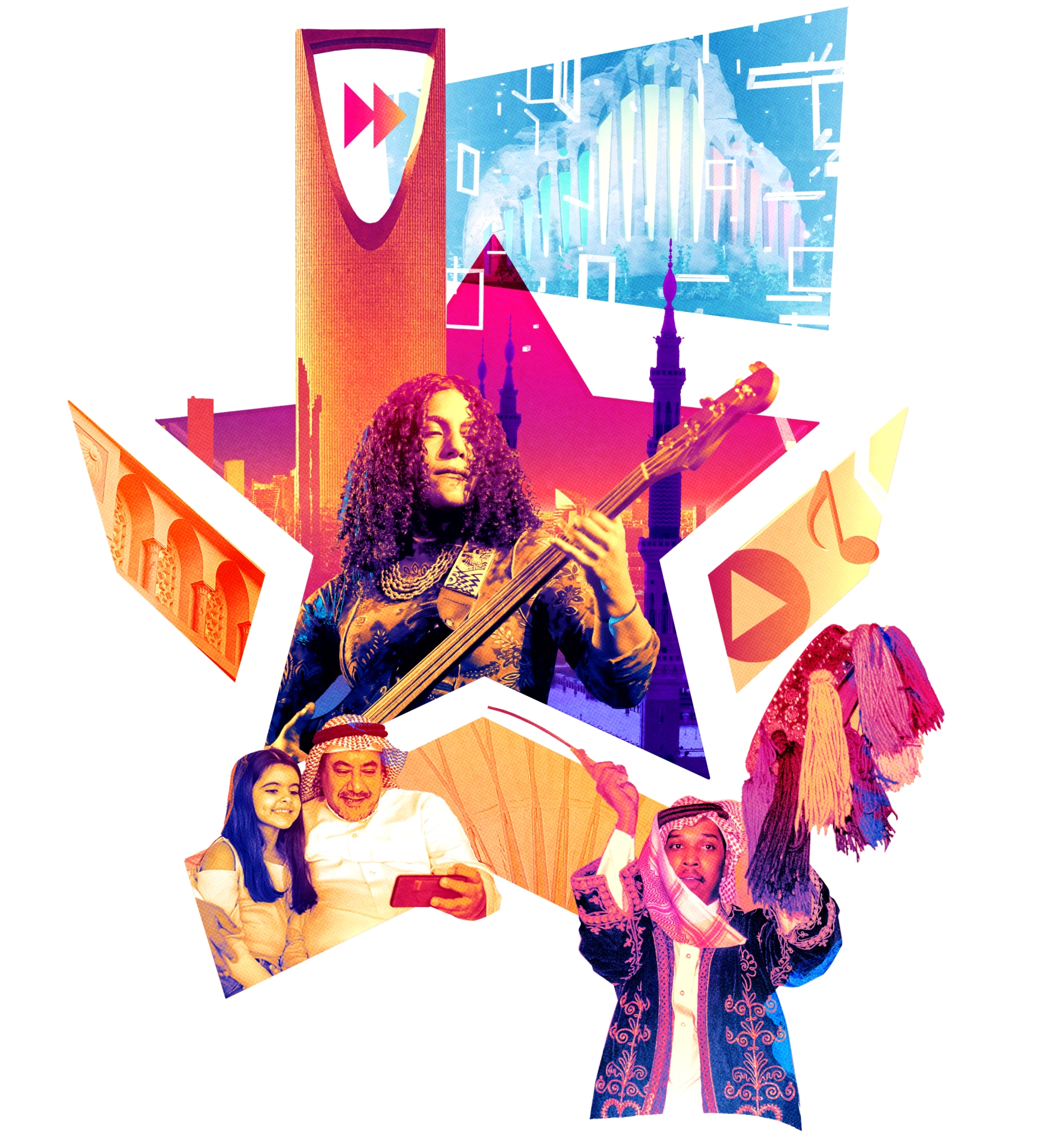
Elevating film production
In early 2025, domestic film revenues surpassed $27mn. These productions often address key societal themes, particularly those affecting young people and women, reflecting the sweeping social and political changes underway across the country.
While local productions have seen remarkable success, Saudi cinemas also screen a wide range of international films. From the opening of the first cinema in 2018 to the end of 2023, box office revenues totalled around $800mn. In just the first five months of 2025, cinemas generated around $85mn.
As part of its broader strategy to develop the film sector, Saudi Arabia plans to construct 350 new cinemas by 2030. Vision 2030 further underscores the importance of enhancing film production through partnerships with international studios to create world-class content that appeals to local and global audiences.
To reinforce its position as a premier destination for film production, the government has opened its landscapes to filmmakers, offering incentives and logistical support. These initiatives aim to give Saudi Arabia a competitive advantage over countries with more firmly established film industries. The diverse and visually striking natural scenery often entices filmmakers seeking dramatic backdrops.

